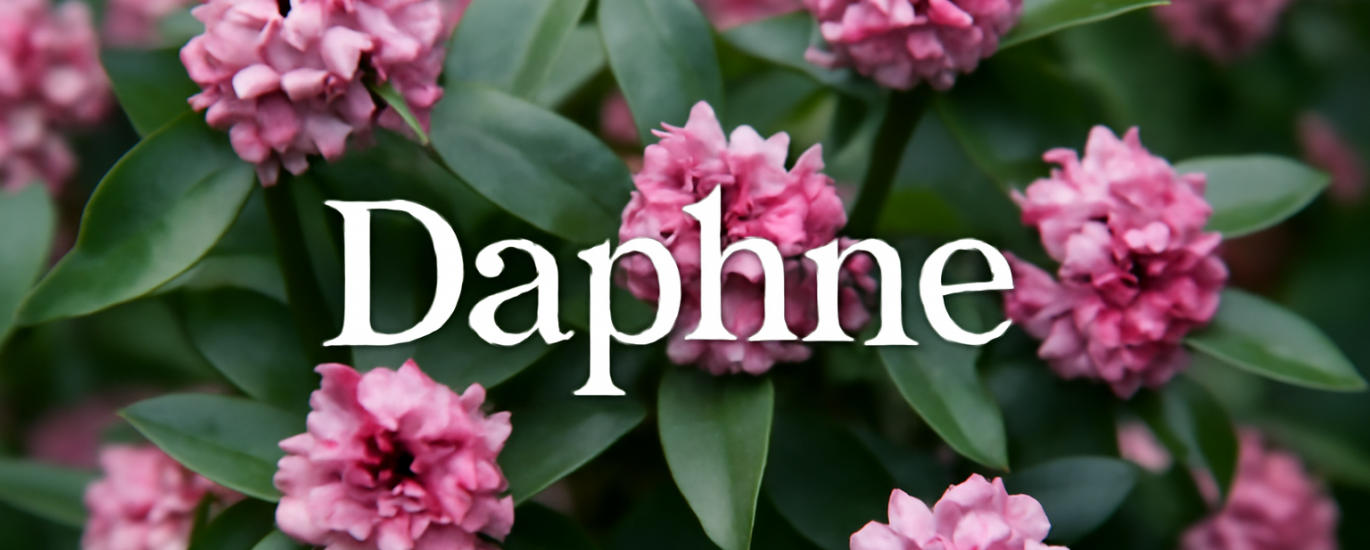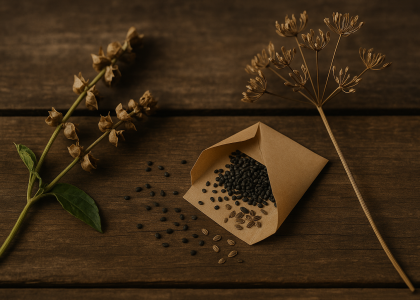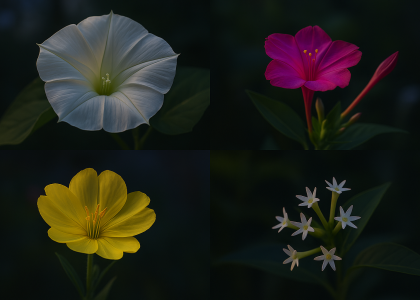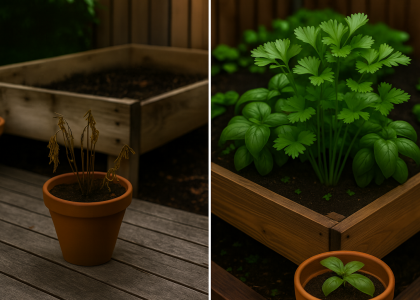Daphne (Daphne spp.) is a beloved evergreen shrub known for its fragrant flowers, which emerge in early spring and delight gardeners with their sweet, intoxicating scent. With its compact size, attractive foliage, and stunning blooms, Daphne makes an excellent choice for adding beauty and fragrance to small gardens, borders, or containers. Despite its delicate appearance, Daphne is relatively easy to grow when provided with the right care and conditions. This guide will cover everything you need to know about planting, caring for, and propagating Daphne, along with expert tips to ensure it thrives in your garden.
What is Daphne?
Daphne is a genus of evergreen and deciduous shrubs in the family Thymelaeaceae. Known for their fragrant flowers, which are often pink, white, or purple, Daphnes are popular in gardens for their stunning spring display and year-round foliage. Though slow-growing, they are highly valued for their beauty and fragrance. Many varieties of Daphne also offer attractive berries in the fall, adding interest to the garden long after the flowers have faded. However, they do require specific growing conditions, particularly well-drained soil and some protection from harsh elements.
Key Features of Daphne:
- Flower Color: White, Pink, Purple
- Foliage Color: Evergreen, Green or Variegated
- Height: 2 to 4 feet (depending on variety)
- Width: 2 to 4 feet
- Blooming Season: Late Winter to Early Spring
- Hardiness Zones: 4-9 (depending on variety)
- Special Features: Fragrant flowers, compact size, evergreen, attracts pollinators
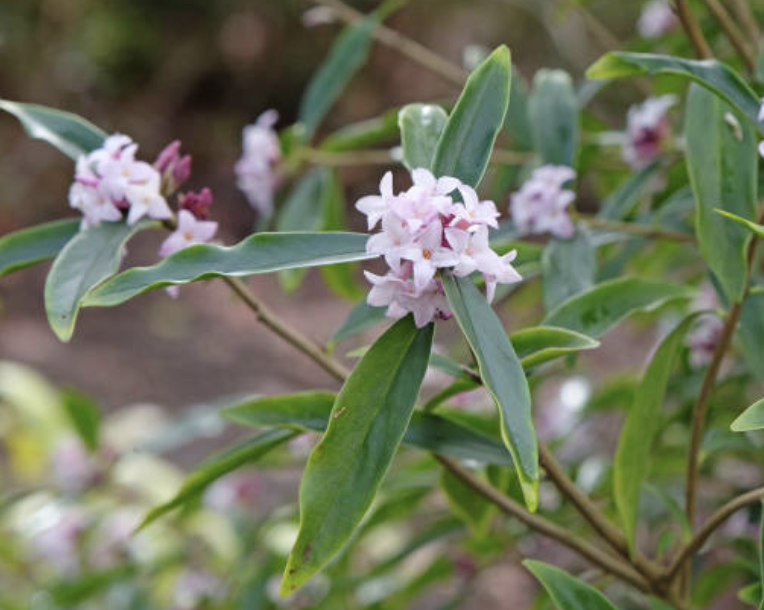
Where to Plant Daphne
Daphne thrives in partial shade to full sun but prefers dappled sunlight or light shade in warmer climates. It grows best in well-drained, slightly acidic to neutral soil and is highly sensitive to wet or boggy conditions. Planting Daphne in the right location is key to its success, as it doesn’t like to be moved once established.
Ideal Planting Locations:
- Borders and Edges: Daphne works beautifully in borders where it can be surrounded by other plants but still stand out with its fragrant flowers.
- Rock Gardens: Its compact size and preference for well-drained soil make Daphne an excellent choice for rock gardens or containers.
- Under Trees or Shrubs: Daphne does well in partial shade, so planting it under deciduous trees or shrubs that offer some protection from the midday sun works well.
Expert Tip: Avoid planting Daphne in areas where water accumulates, as it prefers well-drained soil and does not tolerate waterlogged conditions.
How to Plant Daphne
Proper planting ensures your Daphne thrives and produces an abundance of flowers. Follow these steps for the best results:
- Best Time to Plant: The best time to plant Daphne is in fall or early spring when the weather is mild and the plant has time to establish roots before the extremes of summer or winter.
- Planting Hole: Dig a hole that is twice as wide as the root ball and just as deep. Ensure the top of the root ball is level with the surrounding soil, as planting it too deep can lead to poor growth and potential root rot.
- Soil: Daphne prefers well-draining, slightly acidic to neutral soil. If you have heavy or clay soil, amend it with organic matter such as compost to improve drainage.
- Mulching: Apply a thin layer of mulch around the base of the plant to retain moisture and keep the soil temperature consistent, but avoid piling mulch against the stem to prevent rot.
Expert Tip: Water the plant regularly during its first growing season to help establish strong roots. Once established, Daphne has moderate drought tolerance.
Daphne Care: Keeping Your Plant Thriving
While Daphne is relatively low-maintenance, it does require specific care to ensure it flourishes and continues to bloom year after year.
Light Requirements:
Daphne prefers partial shade to full sun, but in hotter climates, it’s best to plant it in a location with some afternoon shade to protect it from the harsh midday sun. In cooler climates, it can tolerate more sun exposure and will bloom more profusely.
Watering:
Daphne prefers moist, well-drained soil, but it does not tolerate wet feet. Water the plant regularly to maintain consistent soil moisture, particularly during dry periods, but ensure the soil is not soggy.
Expert Tip: Deep watering encourages deep root growth, helping the plant establish a strong foundation. Avoid overhead watering, as this can lead to fungal issues, especially if the plant is not well-ventilated.
Soil and Fertilizing:
Daphne prefers slightly acidic to neutral soil with good drainage. It is not a heavy feeder but benefits from a light application of balanced, slow-release fertilizer in early spring to encourage healthy growth and blooms. Avoid over-fertilizing, as this can damage the plant.
Expert Tip: If your Daphne is slow to bloom or seems weak, apply a 2-inch layer of compost around the base of the plant to provide nutrients without overfeeding it.
Pruning Daphne
Pruning Daphne is minimal but necessary to maintain a healthy shape and encourage fresh growth. Here’s how to prune:
- When to Prune: Prune Daphne after it has finished blooming, typically in late spring or early summer. Avoid heavy pruning, as Daphne flowers on old wood (previous season’s growth).
- How to Prune: Remove dead or damaged wood, and trim back any spent flowers to improve the plant’s appearance. You can also lightly shape the plant if needed.
Expert Tip: Daphne does not respond well to heavy pruning. Keep pruning to a minimum to avoid removing flower buds for the next season.
Pests and Problems
Daphne is relatively resistant to pests but can occasionally experience a few issues:
- Aphids: These small pests may appear on new growth. If you notice them, wash them off with a strong stream of water or use insecticidal soap.
- Root Rot: This is a common issue if the plant is grown in poorly-draining soil. Ensure that the planting site has good drainage and avoid overwatering.
- Leaf Spot: This fungal disease can affect Daphne, especially in humid conditions. Ensure good air circulation around the plant and remove any affected leaves promptly.
Expert Tip: Regularly inspect Daphne for pests and diseases, especially during the growing season, and take action early to prevent issues from spreading.
Propagation: How to Grow New Daphne Plants
Daphne is typically propagated through softwood cuttings or budding. Here’s how to propagate your plant:
- Taking Cuttings: In early summer, take 4-6 inch cuttings of non-flowering stems. Remove the lower leaves, leaving a few leaves at the top.
- Rooting the Cuttings: Dip the cut ends of the cuttings in rooting hormone and place them in a pot filled with well-draining soil. Keep the soil moist but not soggy, and place the pot in a shaded, warm area.
- Budding: Daphne can also be propagated by budding onto a hardy rootstock, which can be done in late summer or early fall.
Expert Tip: Daphne cuttings can take some time to root, so be patient and provide a humid environment to help the process along.
Types of Daphne
There are several popular varieties of Daphne, each offering unique flower colors and growth habits:
- ‘Daphne odora’: Known for its fragrant pink or white flowers and glossy evergreen foliage. Grows 3-4 feet tall. Zones 7-9.
- ‘Blafra’ (Summer Ice): A variegated variety with creamy-white edges on green leaves and white flowers. Grows 2 feet tall. Zones 6-9.
- ‘Perfume Princess’: Features highly fragrant pink flowers and a compact habit. Grows to 2 feet tall. Zones 5-8.
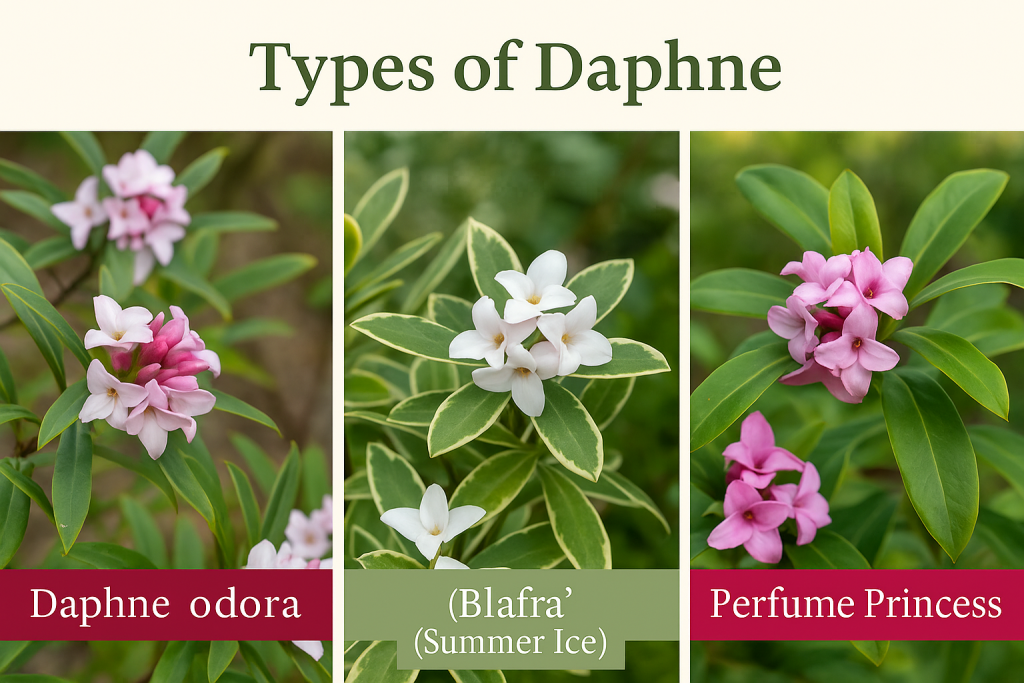
Companion Plants for Daphne
Pair Daphne with other plants that enhance its beauty and fragrance:
- Primroses: Their early spring blooms complement the fragrant flowers of Daphne.
- Hostas: The broad, textured leaves of hostas provide a contrasting backdrop to Daphne’s small, fragrant flowers.
- Heuchera (Coral Bells): Plant Heuchera with Daphne for a variety of foliage colors that contrast nicely with the plant’s blooms.
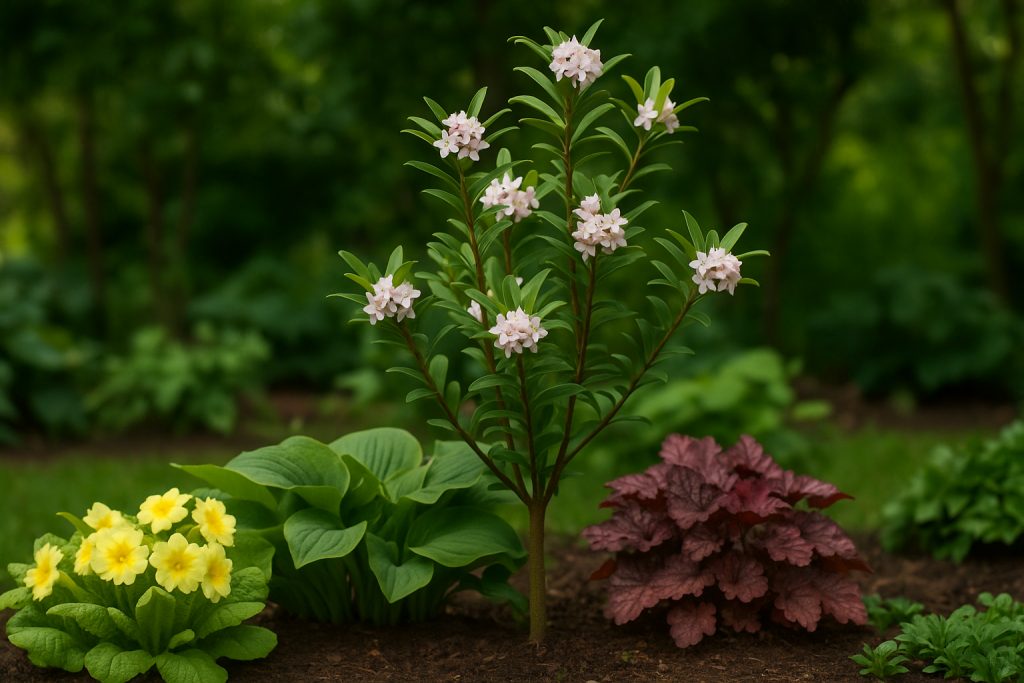
FAQ: Common Daphne Questions
Why isn’t my Daphne blooming?
Ensure that the plant receives enough light—Daphne needs partial shade to full sun to bloom well. Also, avoid over-fertilizing, which can inhibit flowering.
How do I protect my Daphne from winter damage?
Daphne is sensitive to harsh winters. Plant it in a sheltered location, such as near a wall or under a tree canopy, to protect it from cold winds and frost.
Enjoy Daphne in Your Garden
Daphne is a beautifully fragrant shrub that adds year-round interest and elegance to any garden. Its early spring blooms, sweet scent, and compact size make it perfect for smaller gardens, containers, or as a specimen plant in larger landscapes. By following the tips in this guide, you can enjoy the beauty and fragrance of Daphne in your garden for many seasons to come.

